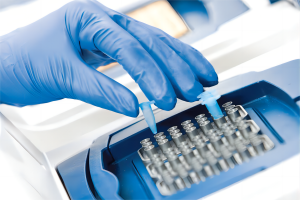Acesulfame (A-K sugar)

Ansai honey is a food additive that is a chemical similar to saccharin. It is easily soluble in water and has a solubility of 27 grams at 20 ℃. It can increase the sweetness of food, without nutrition, good taste, and no calories. It is not metabolized and absorbed in the human body (it is an ideal sweetener for middle-aged and elderly people, obese patients, and diabetes patients), and has good stability to heat and acid. It is currently the fourth generation of synthetic sweeteners in the world. It can produce strong synergistic effects when mixed with other sweeteners, and can increase sweetness by 30% to 50% at general concentrations. It was first discovered by the German company Hearst in 1967 and first approved in the UK in 1983, with a sweetness of 200-250 times that of sucrose. Ansai honey is stable to light and heat (able to withstand high temperatures of 225 ℃), with a wide range of pH values (pH=3-7), and is currently one of the most stable sweeteners in the world. It does not absorb moisture in the air and is stable to heat. Capable of withstanding high temperatures of 225 ℃, stable in the pH range of 2-10, and does not react with other food ingredients or additives during use. Suitable for baked goods and acidic beverages. In addition, the safety of acesulfame is high, and the United Nations FAO/WHO Joint Food Additives Expert Committee has agreed to use acesulfame as an A-grade food additive and recommended an average daily intake (ADI) of 0-15mg/kg. In 1988, the US Food and Drug Administration (FDA) approved the use of acesulfame in food, with a daily intake (ADI) of 0-15mg/kg. In 1998, the FDA approved its use in soft drinks. The sweetness is pure and strong, with a longer lasting sweetness than sucrose. When combined with aspartame 1:1, it has a significant synergistic effect.
